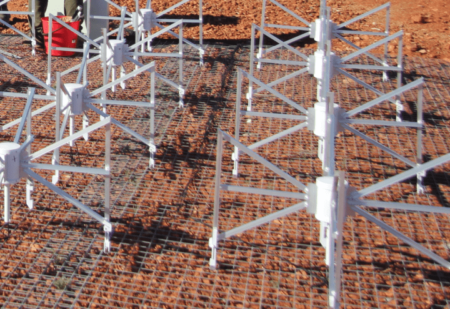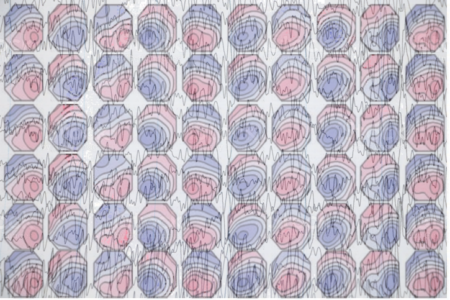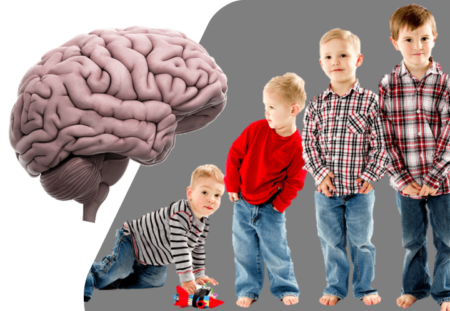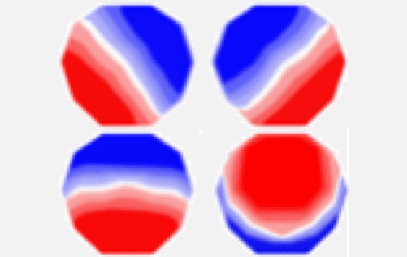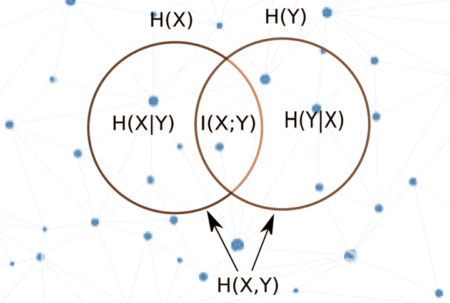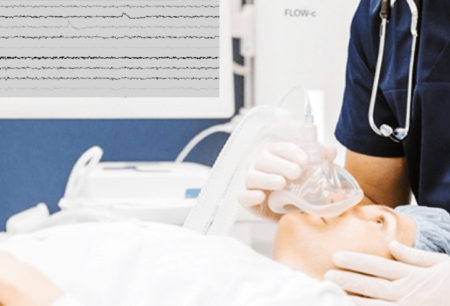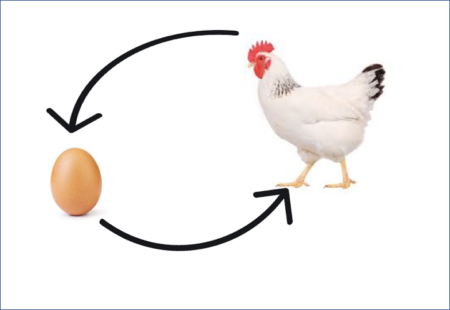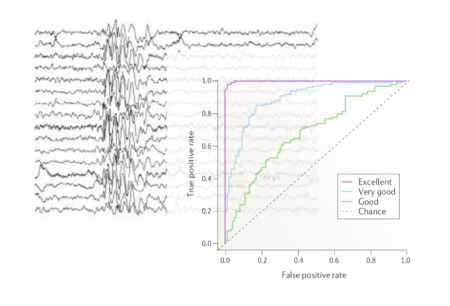Beamformers, a technique adapted from radar applications, are a type of spatial filtering approach to solving the inverse problem in EEG and MEG. Here are…
Lab Talk
Finding EEG Microstate Classes with Clustering
EEG Microstates are generally identified using clustering algorithms and results can vary depending on choice of algorithm and parameters. In the last post I introduced…
Structural and Dynamical Changes in The Developing Brain
What changes structurally and dynamically in the brain across childhood and how similar are our development trajectories? Dr. Mills and Dr. Miscovic provide two perspectives…
An Introduction to EEG Microstates
EEG microstates represent a dynamical view of how the spatial distribution of the electric potential on the scalp changes over time. Microstates typically last 80-100…
Three Tutorials in EEG Analysis
Here are three tutorials on common methods, challenges and pitfalls in the analysis of EEG for those who missed the symposium last year covering issues…
Applying Transfer Entropy to the EEG
Transfer entropy is a way to estimate interdependencies between two time series that is sensitive to both linear and nonlinear interactions so a useful measure…
EEG and Depth of Anesthesia
One of the key challenges of anesthesia is assessing the state of consciousness or depth of anesthesia of the person through the process of surgery. …
Making Sense of Granger Causality in EEG
Granger causality is an estimation of causality in time series that depends on linear methods. Does it have relevance to the nonlinear, non-stationary EEG signal…
The Perils of EEG Preprocessing
Often artifact removal means throwing out a lot of valuable signal. Is it worthwhile to throw the baby out with the bathwater? The EEG signal…
Seizure Prediction Performance of Linear and Nonlinear Features
Many features of the EEG have been used to predict seizures. Here we explore their performance showing that linear features perform as well as non…

